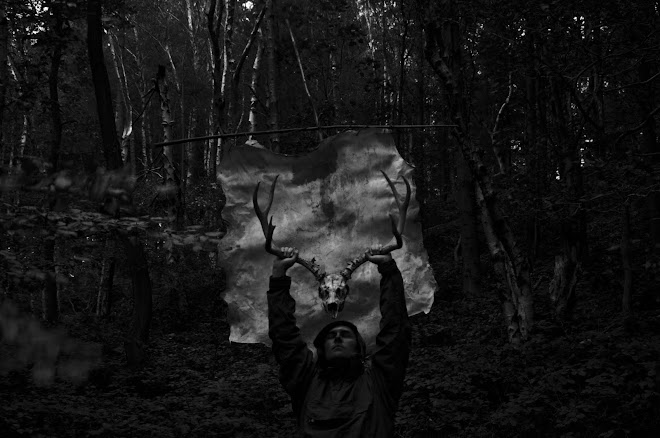


During August 2008 we spent 14 days at the 5-star all inclusive resort of Insotel at Punta Prima, on the very southern tip of the island of Menorca. The easternmost of the Balearics, Menorca has a very rich archeological record and was designated a Biosphere Reserve in 1993 by UNESCO in recognition of its unique and fragile natural habitats. The island is popular with birders who visit to see both the native and migratory species and just opening the doors to our apartment and looking out across the dunes to the sea was an ornithologists dream. In fact on the bus ride from the airport to the hotel I managed to see a large buzzard-like raptor circling low over the fields between Mao and St Luis – it may have been a Booted Eagle (Aquila pennata), but making a positive identification from a moving coach squinting into the evening sun would be asking too much.
With its six swimming pools, and carefully cut lawns and gardens Insotel attracted local wildlife like a magnet. Birds fed on the insects that thrived in the grounds and if you sat still long enough one of the thousands of bright green Wall Lizards (Pondarcis lilfordi) that swarmed over the complex would run under your chair or eye-ball you from its lair. Species common to Britain such as the house sparrow, house martin, collared dove and blackbird rubbed shoulders with the not so common such as the Spotted Flycatcher and Stonechat. Indeed Spotted Flycatchers (Muscicapa striata) were more abundant than the house sparrows, the adults doing low-level aerobatics, hovering like mini kestrals over the watered lawns and returning with a bill full of insects to answer the shrill piping begging calls of fledglings hidden in olive trees and hotel hedges. Stonechat’s (Saxicola torquatus) were less common but seen often enough so that by the end of the holiday I no longer stopped and gawped open-mouthed at their gorgeous plumage of dark head, pink breast and distinctive white wing bars.






























